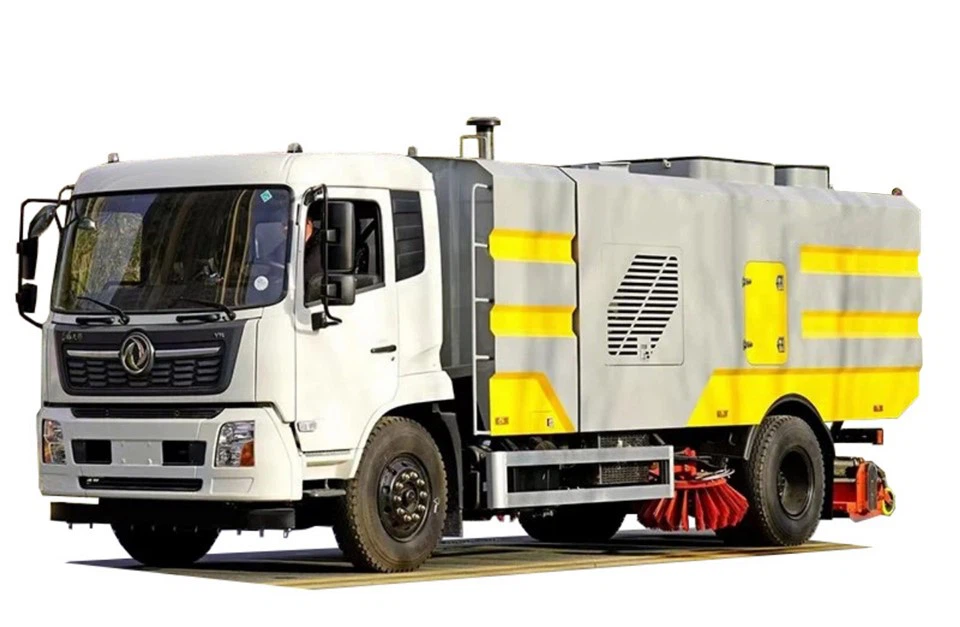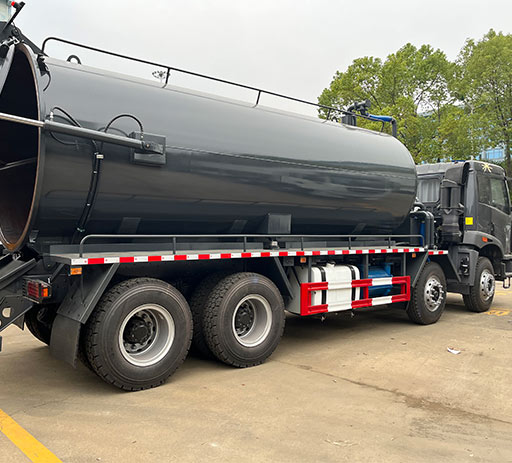Understanding the Difference Between LPG and Propane: A Comprehensive Guide

When it comes to fuel options available for heating, cooking, and powering vehicles, LPG and propane often come up in conversation. These two fuels are related but distinct, and understanding their differences is crucial for informed decision-making. In this article, we explore everything you need to know about LPG and propane, their unique features, applications, and benefits, along with practical examples and tips to guide your choices.
Table of Contents
- What is LPG?
- What is Propane?
- Chemical Composition of LPG and Propane
- Storage and Handling of LPG and Propane
- Applications of LPG
- Applications of Propane
- Advantages and Disadvantages of LPG and Propane
- Environmental Impact of LPG and Propane
- Cost Comparison Between LPG and Propane
- Frequently Asked Questions
What is LPG?
LPG, or Liquefied Petroleum Gas, is a mixture of propane and butane, both of which are hydrocarbons. It is produced during the refining of crude oil or extracted from natural gas deposits. LPG is stored under pressure in liquid form and vaporizes upon release to become a gas. Its versatility makes it an attractive option for various uses.
Common Uses of LPG
- Domestic cooking and heating
- Industrial heating and manufacturing processes
- Fuel for forklifts and other vehicles
- As a refrigerant in cooling systems
What is Propane?
Propane is a specific type of liquefied gas derived from natural gas processing and petroleum refining. Identified by its small molecular structure (C3H8), propane is highly efficient and is often used as a standalone fuel. Similar to LPG, it can also be stored as a liquid under pressure and used as a vapor.
Where is Propane Commonly Found?
Propane is widely available in standard 20-pound tanks for residential use, making it a convenient option for homes and outdoor activities such as barbequing and camping. It is also essential for heating, hot water, and cooking appliances in many rural areas where natural gas pipelines are not present.
Chemical Composition of LPG and Propane
The primary difference between LPG and propane is in their chemical composition. LPG is typically a mix of propane (about 60% to 70%) and butane (30% to 40%). On the other hand, propane is purely composed of propane molecules.
Comparison Table of Chemical Composition
| Fuel Type | Chemical Formula | % Composition |
|---|---|---|
| LPG | C3H8 (Propane) + C4H10 (Butane) | Propane: 60-70%, Butane: 30-40% |
| Propane | C3H8 | 100% |
Storage and Handling of LPG and Propane
Both LPG and propane require specific storage conditions due to their flammable nature. However, there are slight differences in their handling.
Storage Requirements
- LPG: Stored in larger tanks for home use, commercial applications, and industrial processes.
- Propane: Often stored in portable tanks, commonly found in residential settings for heating and cooking.
Safety Measures
Safety is paramount when handling both LPG and propane. Here are some easy tips:
- Always store tanks upright and in well-ventilated areas.
- Check for leaks regularly using soapy water. Bubbles indicate escaping gas.
- Install carbon monoxide detectors in your home to detect any gas buildup.
Applications of LPG
LPG’s versatility extends across various fields which include:

Residential Uses
- Stoves, ovens, and heating systems.
- Outdoor barbeque grills and patio heaters.
- Clothes dry cleaning and water heaters.
Commercial and Industrial
- Fuel for forklifts in warehouses and manufacturing sites.
- Used in hospitality for heating and cooking in restaurants.
- Powering equipment in various agricultural applications.
Applications of Propane
Propane serves several crucial functions beyond just household heating:
Energy Generation
- Used in backup generators for homes and businesses.
- Common in off-grid energy solutions.
Transportation
- Used as an alternative fuel for vehicles, known as autogas.
- Propane-powered forklifts are commonplace in warehouses.
Advantages and Disadvantages of LPG and Propane
Advantages
| Fuel Type | Advantages |
|---|---|
| LPG |
|
| Propane |
|
Disadvantages
| Fuel Type | Disadvantages |
|---|---|
| LPG |
|
| Propane |
|
Environmental Impact of LPG and Propane
Both LPG and propane are considered cleaner burning than other fossil fuels such as coal and oil. Their combustion releases fewer greenhouse gases compared to these alternatives. However, there are still environmental concerns related to their extraction and usage.
Comparative Emission Levels
- Fewer carbon emissions than gasoline and diesel.
- Lower particulate matter and sulfur emissions.
Cost Comparison Between LPG and Propane
The costs associated with LPG and propane can vary significantly depending on several factors such as location, market demand, and global oil prices.
On Average:
- LPG is usually cheaper per gallon compared to propane.
- However, equipment costs for LPG systems can be higher.
Buying Tips
When purchasing either fuel, consider the following:
- Check local suppliers for competitive pricing.
- Consider bulk buying options for cost savings.
- Investigate potential hidden costs involving delivery and installation.

Frequently Asked Questions
1. Is LPG the same as propane?
No, LPG is a mixture of propane and butane, while propane is a singular gas on its own.
2. Can I use propane appliances with LPG?

Some propane appliances can run on LPG, but it’s essential to check compatibility and consult with a technician.
3. Which is more environmentally friendly: LPG or propane?
Both are cleaner alternatives to gasoline and diesel, but they still contribute to greenhouse gas emissions when burned.
4. What is the best fuel for home heating?
It largely depends on availability, cost, and personal preferences, but both LPG and propane are commonly used for this purpose.
5. How can I improve safety when using LPG or propane?
Regularly inspect and maintain your appliances and tanks, and install carbon monoxide detectors in your home.
6. Is one fuel more cost-effective than the other?
This can vary based on your location and market conditions. It is wise to compare prices regularly.
